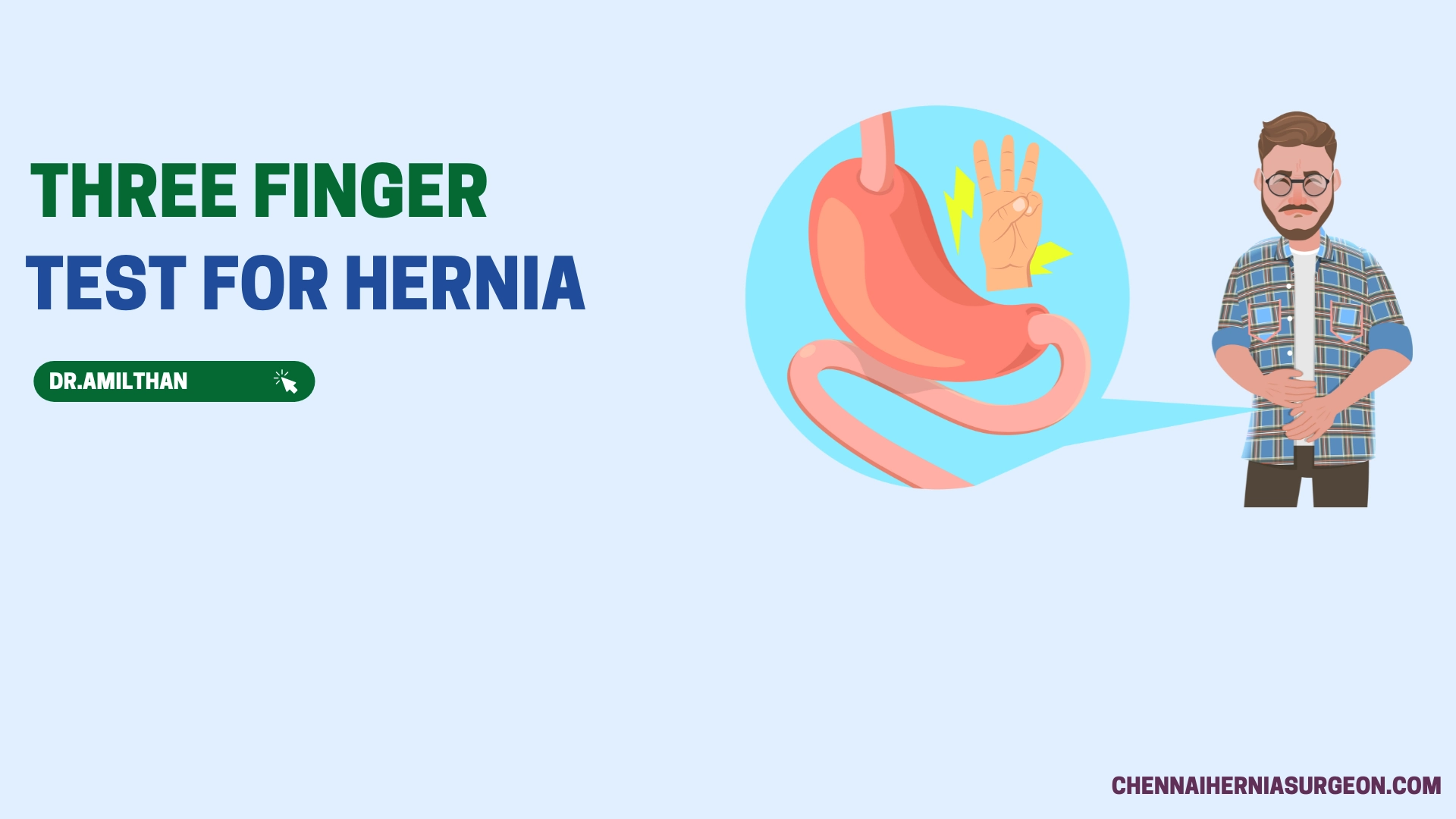Unlocking The Secrets Of The Three Finger Test Of Ear: A Must-Know Guide For Your Hearing Health
Hey there, buddy! Ever heard of the "three finger test of ear"? Well, buckle up because we're diving deep into this simple yet powerful trick that can save your ears from potential trouble. This test isn't just for audiologists or doctors—it's something everyone should know. Whether you're a music enthusiast, a gamer, or just someone who values their hearing, this test could be your first line of defense against hearing issues. So, let's get started and make sure your ears are in tip-top shape!
You might be wondering, "What's all the fuss about?" The three finger test of ear is more than just a random check. It's a quick and effective way to gauge the sensitivity and functionality of your hearing. In a world where noise pollution and loud environments are everywhere, it's crucial to keep tabs on how well your ears are performing. This test can help you identify potential problems early, giving you the chance to address them before they escalate.
Before we dive into the nitty-gritty, let's talk about why this test matters so much. Hearing loss isn't just an old-age problem—it's becoming increasingly common among younger generations due to constant exposure to loud noises. From earbuds blasting music to construction sites and concerts, our ears are under constant assault. The three finger test of ear offers a straightforward method to monitor your hearing health without needing fancy equipment or expensive visits to the doctor.
Read also:Unveiling The Essence Of Main Character True Beauty A Comprehensive Guide
What Exactly is the Three Finger Test of Ear?
The three finger test of ear is essentially a DIY hearing assessment that anyone can perform. It's simple, quick, and surprisingly effective. Here's how it works: Hold up three fingers at different distances from your ear and try to hear the sound they make when you tap them together. By varying the distance and observing how well you can detect the sound, you can gauge the sensitivity of your hearing. It's like a mini science experiment you can do right at home!
Now, you might think, "How reliable is this test?" While it's not a substitute for professional audiology testing, it provides valuable insights into your hearing capabilities. Think of it as a warning light on your car's dashboard—if it goes off, it's time to take action. Similarly, if the three finger test reveals any inconsistencies, it's a sign that you need to consult a hearing specialist. Early detection is key to preventing further damage, and this test helps you stay proactive about your hearing health.
Why Should You Care About Your Hearing Health?
Hearing isn't just about picking up sounds—it's about quality of life. From enjoying your favorite songs to engaging in meaningful conversations, your ears play a vital role in how you experience the world. Unfortunately, many people neglect their hearing until it's too late. Noise-induced hearing loss (NIHL) is one of the most common types of hearing impairment, and it's often preventable. By incorporating the three finger test of ear into your routine, you can catch potential issues early and take steps to protect your ears.
How to Perform the Three Finger Test of Ear
Ready to try it out? Here's a step-by-step guide to performing the three finger test of ear:
- Find a quiet space where there's minimal background noise.
- Hold up three fingers (index, middle, and ring finger) about 10 inches away from your ear.
- Gently tap the fingers together and focus on hearing the sound.
- Repeat the process at different distances, such as 5 inches and 20 inches.
- Switch ears and repeat the test.
Pay attention to how clearly you can hear the tapping sound at each distance. If you notice any discrepancies between your ears or difficulty hearing at closer ranges, it might be worth scheduling a hearing evaluation with a professional.
Common Misconceptions About the Three Finger Test of Ear
There are a few myths floating around about the three finger test of ear that we need to clear up. First off, this test isn't meant to diagnose hearing loss—it's a screening tool. Some people assume that if they pass the test, their hearing is completely fine. While it's a good indicator, it's not foolproof. Another misconception is that only older adults need to worry about hearing health. In reality, anyone can benefit from regular checks, especially if you're frequently exposed to loud environments.
Read also:Kaylee Hartungs Journey Through Eye Surgery A Comprehensive Guide
What Does Passing the Test Really Mean?
If you ace the three finger test of ear, it means your hearing sensitivity is within normal range—at least for now. However, it's important to remember that hearing can change over time due to various factors like age, noise exposure, and underlying health conditions. Regular testing ensures that you catch any changes early and take appropriate action.
Who Can Benefit from the Three Finger Test of Ear?
Short answer: everyone! Whether you're a student, a musician, or a construction worker, this test is relevant to your life. If you're someone who wears headphones all day, the three finger test of ear can help you monitor the impact of prolonged audio exposure. For parents, it's a great way to check your kids' hearing, especially if they're frequently using earbuds or attending noisy events. Even if you think your hearing is perfect, it's always better to be safe than sorry.
Factors That Can Affect Your Hearing Health
Several factors can influence your hearing abilities, and it's essential to be aware of them. Exposure to loud noises, whether it's from concerts, traffic, or workplace environments, can gradually damage your ears. Age-related hearing loss, known as presbycusis, is another common factor. Additionally, certain medical conditions like ear infections, diabetes, and cardiovascular disease can affect your hearing. By understanding these risk factors, you can take steps to protect your ears and maintain optimal hearing health.
How Loud is Too Loud?
One of the biggest culprits of hearing damage is noise exposure. But how loud is too loud? Experts recommend avoiding sounds above 85 decibels for extended periods. To give you a sense of scale, a normal conversation clocks in at around 60 decibels, while a rock concert can reach up to 120 decibels. If you find yourself in a noisy environment, consider wearing ear protection or taking regular breaks to give your ears a rest.
When Should You See a Hearing Specialist?
While the three finger test of ear is a great starting point, it's not a replacement for professional evaluation. If you notice any of the following signs, it's time to schedule an appointment with an audiologist:
- Difficulty hearing conversations in noisy environments.
- Feeling like people are mumbling or speaking unclearly.
- Ringing or buzzing in your ears (tinnitus).
- Pain or discomfort in your ears.
Audiologists have advanced tools and techniques to assess your hearing accurately and provide personalized solutions. Don't wait until symptoms worsen—early intervention can make a huge difference in preserving your hearing.
Protecting Your Ears: Tips and Tricks
Prevention is always better than cure, so here are some practical tips to protect your ears:
- Use noise-canceling headphones instead of cranking up the volume.
- Take breaks from loud environments to give your ears a rest.
- Wear earplugs or earmuffs in noisy settings like concerts or construction sites.
- Keep your earbuds clean to prevent infections.
These simple habits can go a long way in safeguarding your hearing health. Remember, your ears are one of your most valuable assets—treat them with care!
Can Diet Impact Your Hearing?
Believe it or not, what you eat can influence your hearing health. Nutrients like magnesium, zinc, and omega-3 fatty acids have been linked to improved ear function. Foods rich in these nutrients, such as nuts, fish, and leafy greens, can support overall ear health. So, the next time you're grocery shopping, consider adding these items to your cart for an extra boost.
Real-Life Stories: How the Three Finger Test of Ear Made a Difference
Let's hear from some real people who have benefited from the three finger test of ear. Sarah, a 32-year-old graphic designer, noticed she was having trouble hearing her colleagues during meetings. After performing the test, she realized her hearing sensitivity had decreased significantly. A follow-up visit to an audiologist revealed mild hearing loss, likely caused by years of working in a noisy office environment. With early intervention, Sarah was able to address the issue and prevent further damage.
Then there's John, a 45-year-old musician who relies on his hearing for his livelihood. Regularly using the three finger test of ear has allowed him to monitor his hearing health and make adjustments to his practice routines. He now uses custom earplugs during performances and takes regular breaks to rest his ears. Thanks to his proactive approach, John has maintained excellent hearing despite years of exposure to loud music.
Conclusion: Take Control of Your Hearing Health Today
There you have it, folks! The three finger test of ear is a simple yet powerful tool that can help you stay on top of your hearing health. By incorporating this test into your routine and following the tips we've discussed, you can protect your ears and enjoy clear, crisp sound for years to come. So, what are you waiting for? Grab those three fingers and get testing!
Don't forget to share this article with your friends and family. The more people know about the importance of hearing health, the better. And if you have any questions or experiences to share, drop a comment below. Let's keep the conversation going and make sure everyone hears the message loud and clear!
Table of Contents
- What Exactly is the Three Finger Test of Ear?
- Why Should You Care About Your Hearing Health?
- How to Perform the Three Finger Test of Ear
- Common Misconceptions About the Three Finger Test of Ear
- Who Can Benefit from the Three Finger Test of Ear?
- Factors That Can Affect Your Hearing Health
- When Should You See a Hearing Specialist?
- Protecting Your Ears: Tips and Tricks
- Real-Life Stories: How the Three Finger Test of Ear Made a Difference
- Conclusion: Take Control of Your Hearing Health Today


